Pixxel Hyperspectral Imaging Constellation
EO
Operational (nominal)
Pixxel
Pixxel is an India-based startup company developing a constellation of hyperspectral imaging satellites to create a range of applications for agriculture, government, environment, energy and mining. The first two satellites of the constellation, Technology Demonstration-2 (TD-2, or Shakuntala) and Technology Demonstration-1 (TD-1, or Anand) were launched on 1 April and 26 November 2022, respectively.
Quick facts
Overview
| Mission type | EO |
| Agency | Pixxel |
| Mission status | Operational (nominal) |
| Launch date | Apr 2022 |
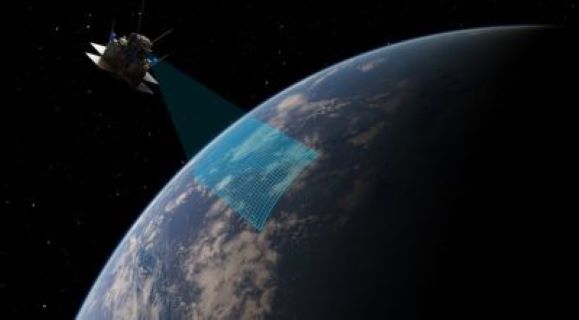
Summary
Mission Capabilities
Both technology demonstration satellites feature a hyperspectral imager that can see events invisible to other satellites. The imager has capabilities in Visible and Near-Infrared (VNIR) and Short Wave Infrared (SWIR) spectral bands, where it can provide perspective of planetary-scale ecosystems and biospheres. Pixxel will create an artificial intelligence (AI) informed analysis platform with its satellite data, to provide insights for climate-conscious governments and companies.
Performance Specifications
The hyperspectral imager onboard TD-1 and 2 carries 150 spectral bands, with a spatial resolution of 10 m. The imager planned for the remaining constellation satellites will carry 300 spectral bands and a spatial resolution of 5 m. Pixxel plans to launch a constellation of 24 commercial hyperspectral imaging satellites by 2024-2025, providing a 24 hour revisit period for rapid satellite imagery.
Anand operates at an altitude of 510 km and Shakuntala at 480 km, with both satellites having orbital periods of approximately 94 minutes, inclined at 97°.
Space and Hardware Components
Both TD satellites have masses of approximately 15 kg, however have different spacecraft platforms. Shakuntala is a 6U CubeSat while Anand features a different, unspecified platform. The TD satellites have design lives of three years, whereas the planned satellites to join the constellation will be larger, with masses of 40 kg, and design lives of seven years.
Pixxel Hyperspectral Imaging Constellation
Overview
Pixxel is an India-based startup space data company developing a hyperspectral satellite constellation with the objective of detecting, monitoring and predicting global phenomena. The hyperspectral imaging satellites are designed to observe in hundreds of spectral bands, providing insight into problems on Earth that are invisible to other satellites. The planned constellation of at least 20 satellites will provide global coverage with a revisit period of 24 hours. 1)
The satellite imagery will have applications for agriculture, including monitoring crop health, detecting variations in health and improving yield; environment, including highlighting sustainable development practices for its customers; government, including timely and targeted insights for impactful decision making; energy, providing precise surveying and extraction of resources; and mining, including through the provision of quick and direct data about the Earth’s surface.
Pixxel’s first satellite, TD-2 (Technology Demonstrator-2), also referred to as Shakuntala, was launched in April 2022 as India’s first commercial satellite. TD-1 (Technology Demonstrator-1), also referred to as Anand, was launched in November 2022. Anand was initially planned to launch in 2020, however delays and technical issues pushed the launch date to 2022. Pixxel plans to launch a constellation of 24 satellites in 2024-2025, providing the capability for daily global coverage.
Data provided by the constellation will enable a global perspective of planetary-scale ecosystems and biospheres as well as the creation of an AI (Artificial Intelligence) informed analysis platform, a ‘digital twin’ of the Earth. The tool will provide insights for the climate-conscious customer. Through the detection and monitoring of unseen global phenomena, Pixxel is building a ‘health monitor’ for Earth to improve sustainability and inform decisions. 2)
Hyperspectral satellites can measure the moisture levels in certain landscapes, assessing the probability of wildfires occurring. Firefighters can use this data to react and deploy resources faster to tackle the fires. The satellites have the capability to track wildfire movement, predict their origins and provide invaluable data to respondents on the ground. 3)
The launch of Shakuntala followed $25 million Series A funding from Radical Ventures, Seraphim Space Capital, Relativity Space’s Jordan Noone, Lightspeed Partners, Blume Ventures, and Sparta LLC, among others. The funding follows the signing of pre-launch agreements from over 50 of Pixxel’s customers, who hail from a variety of industries, including agriculture, oil and gas, mining, and climate sectors. 4)
Following the launch of the two technological demonstration satellites (Shakuntala and Anand), Pixxel is readying for their first commercial phase satellites to be launched, as well as the commercial sale of data. After the launch of the first six hyperspectral satellites, Pixxel will be able to cover any area on Earth every 48 hours. This revisit period is planned to halve by the time the remaining planned satellites are launched.
Spacecraft
The first satellite in Pixxel’s constellation, Shakuntala or TD-2, is a 6U CubeSat with a mass less than 15 kg that houses one of the highest resolution commercial cameras ever flown. In just a few weeks from launch, Shakuntala begins gathering information on the invisible changes to Earth such as natural gas leakages, deforestation, melting ice caps, pollution, and declining crop health. 2)
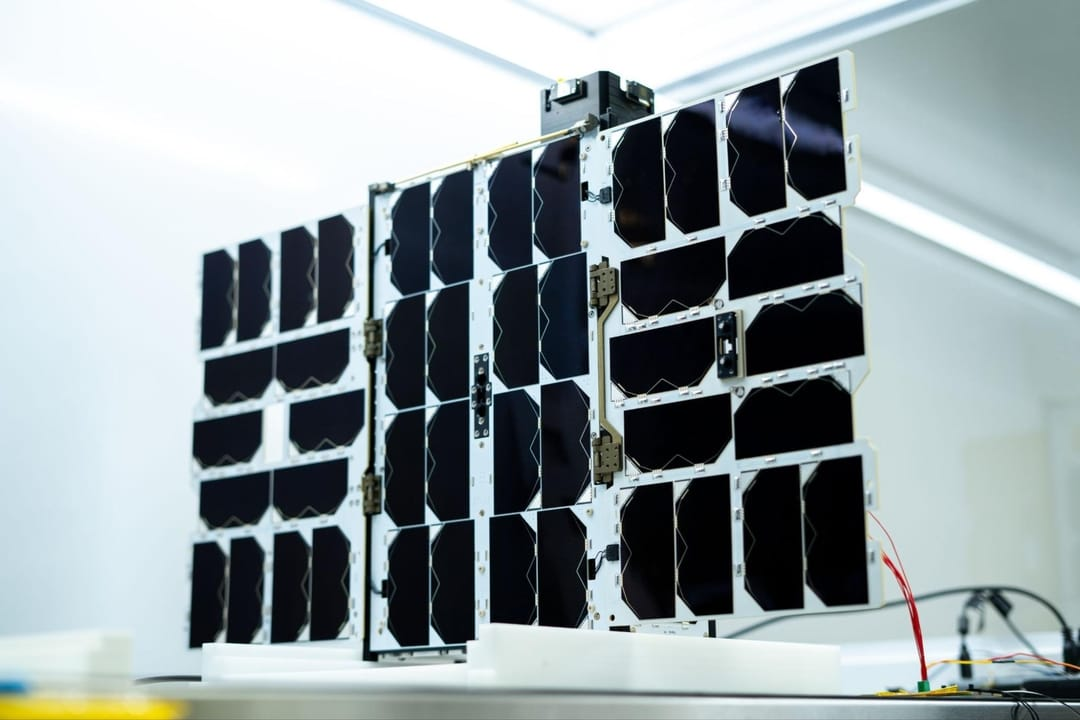
The second satellite in the constellation, Anand or TD-1, features a slightly different form to Shakuntala, although still holds a mass of less than 15 kg and carries over 150 spectral bands in its hyperspectral imager.

Launch
Shakuntala (TD-2)
Shakuntala (TD-2) was launched on a Falcon-9 rocket as a part of SpaceX’s Transporter-4 rideshare mission from Cape Canaveral, Florida on 1 April 2022.
Orbit: Sun-synchronous, altitude = 480 km, period = 94.0 minutes, inclination = 97.4°.
Anand (TD-1)
Anand (TD-1) was launched on ISRO’s (Indian Space Research Organisation) PSLV (Polar Satellite Launch Vehicle) C54 mission from the Sriharikota Launch Complex in Andhra Pradesh on 26 November 2022.
Orbit: Sun-synchronous, altitude = approximately 510 km, period = 94.6 minutes, inclination = 97.4°
Upcoming Launches
Pixxel plans to launch its commercial hyperspectral imaging constellation of 24 satellites in 2024 - 2025.
Mission Status
- February 27, 2023: Pixxel releases first light imagery from their two TD satellites, Shakuntala and Anand. 7)
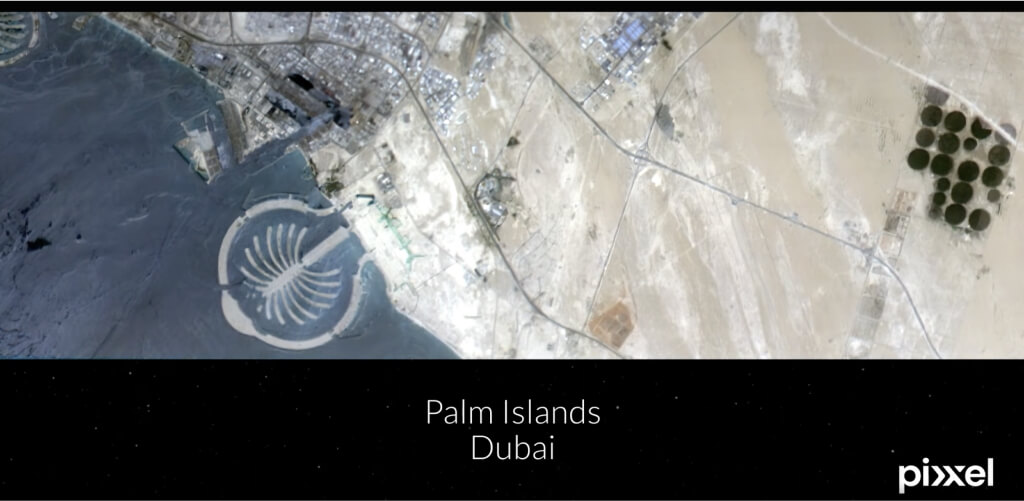

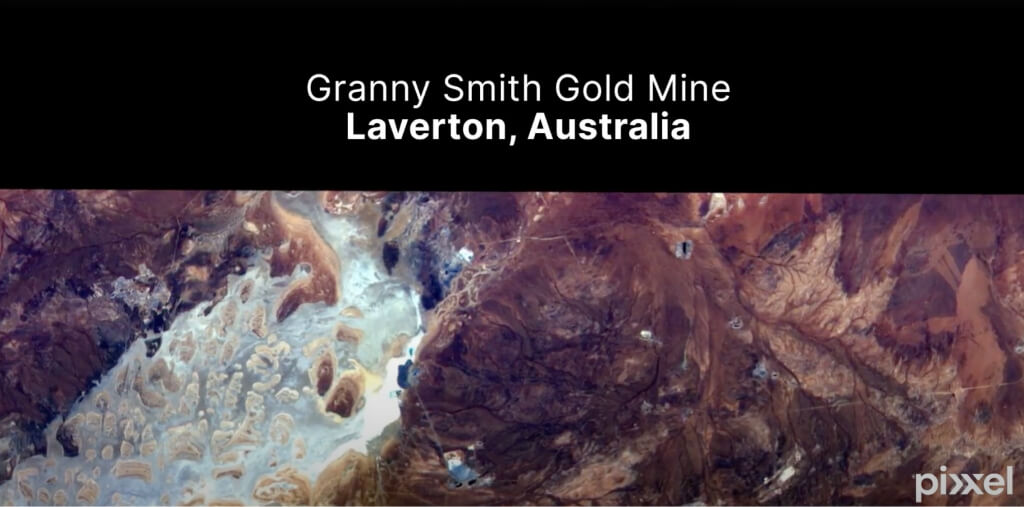
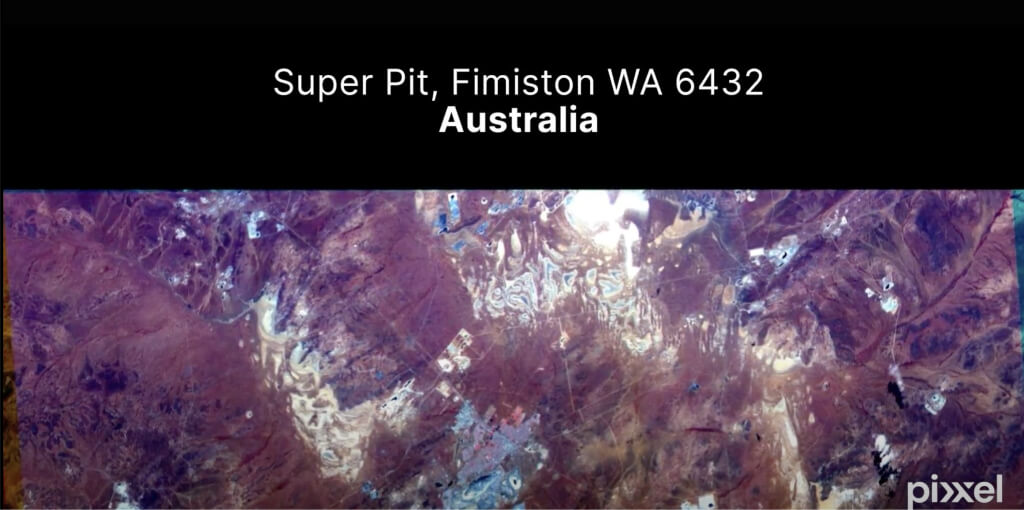
This imagery from Pixxel’s pathfinder satellites proves the ability for the detection, identification and quantification of surface minerals as well as biological and chemical processes. Pixxel’s CEO, Awais Ahmed, states the company is thrilled to release their first set of hyperspectral imagery, which will help identify unseen problems invisible to today’s satellites and enable customers to make more informed decisions in response to global phenomena.
The company also announces the development of an AI-powered analytics platform ‘Aurora’, an intuitive tool to extract insights from Earth observation datasets.
- November 26, 2022: Anand is launched on an ISRO PSLV rocket into orbit. Anand was initially due to launch before Shakuntala in 2020, but delays pushed it to 2022.
- August 12, 2022: Pixxel partners with cloud-based agritech company, DataFarming, to deliver their hyperspectral satellite technology to Australian farmers. The hyperspectral satellite constellation will have the ability to make agriculture more efficient, sustainable and automated. The imagery will allow for in-depth analysis of plant and soil biophysical and biochemical properties, giving farmers the ability to improve crop performance. 5)
- March 28, 2022: Pixxel announces the company has raised $25 million for their hyperspectral imaging constellation. Canadian early-stage investor Radical Ventures led the Series A round, amassing $33 million in funding for Pixxel to date. 6)
- April 1, 2022: Shakuntala is launched into orbit on a SpaceX Falcon 9 rocket on a rideshare mission from Cape Canaveral, Florida.
Sensor Complement (Hyperspectral Imager)
Anand and Shakuntala’s hyperspectral imager features 150 spectral bands, whereas Pixxel’s planned satellites will have 300 spectral bands including Visible to Near Infrared (VNIR) and Short Wave Infrared (SWIR). Pixxel also plans to halve the imager’s spatial resolution in their next satellites, from 10 m (onboard Anand and Shakuntala) down to 5 m. The constellation will provide a 24 hour revisit period. 1)
Hyperspectral imaging (HSI) is an imaging method that captures a wide spectrum of light rather than assigning primary colours (red, green, blue) to each pixel. The light incident on each pixel is separated into multiple different spectral bands in order to provide detailed and unique information of the source.

References
1) “Technology,” Pixxel, URL: https://www.pixxel.space/technology
2) Awais Ahmed, Kshitij Khandelwal, “Launching Towards Pixxel’s Hyperspectral Vision: Earth’s First Health Monitoring Constellation,” Pixxel, 1 April 2022, URL: https://www.pixxel.space/blogs/launching-towards-pixxels-hyperspectral-vision
3) “Space tech for Natural Disaster response,” Pixxel, 27 October 2021, URL: https://www.pixxel.space/blogs/space-tech-for-natural-disaster-response
4) “Elon Musk’s SpaceX Falcon 9 launches India’s first commercial satellite ‘Shakuntala’ - why is this a stunning moment for ‘desi’ space firms,” Financial Express, 3 April 2022, URL: https://www.financialexpress.com/lifestyle/science/elon-musks-spacex-falcon-9-launches-indias-first-commercial-satellite-shakuntala-why-this-is-stunning-moment-for-desi-space-firms/2480286/
5) “Cloud-Based Agritech Company, DataFarming, Bringing Pixxel’s Hyperspectral Satellite Technology to Australian Farmers,” Pixxel, 12 August 2022, URL: https://www.pixxel.space/blogs/cloud-based-agritech-company-datafarming-bringing-pixxels-hyperspectral-satellite-technology-to-australian-farmers
6) Jason Rainbow, “Pixxel raises $25 million for hyperspectral imaging constellation,” Space News, 29 March 2022, URL: https://spacenews.com/pixxel-raises-25-million-for-hyperspectral-imaging-constellation/
7) Awais Ahmed, “Pixxel unveils the first-ever set of hyperspectral images from its satellites as part of the First Light Campaign,” Pixxel, 27 February 2023, URL: https://www.pixxel.space/blogs/pixxel-unveils-the-first-ever-set-of-hyperspectral-images-from-its-satellites-as-part-of-the-first-light-campaign
The information compiled and edited in this article was provided by Herbert J. Kramer from his documentation of: "Observation of the Earth and Its Environment: Survey of Missions and Sensors" (Springer Verlag) as well as many other sources after the publication of the 4th edition in 2002. - Comments and corrections to this article are always welcome for further updates (eoportal@symbios.space).